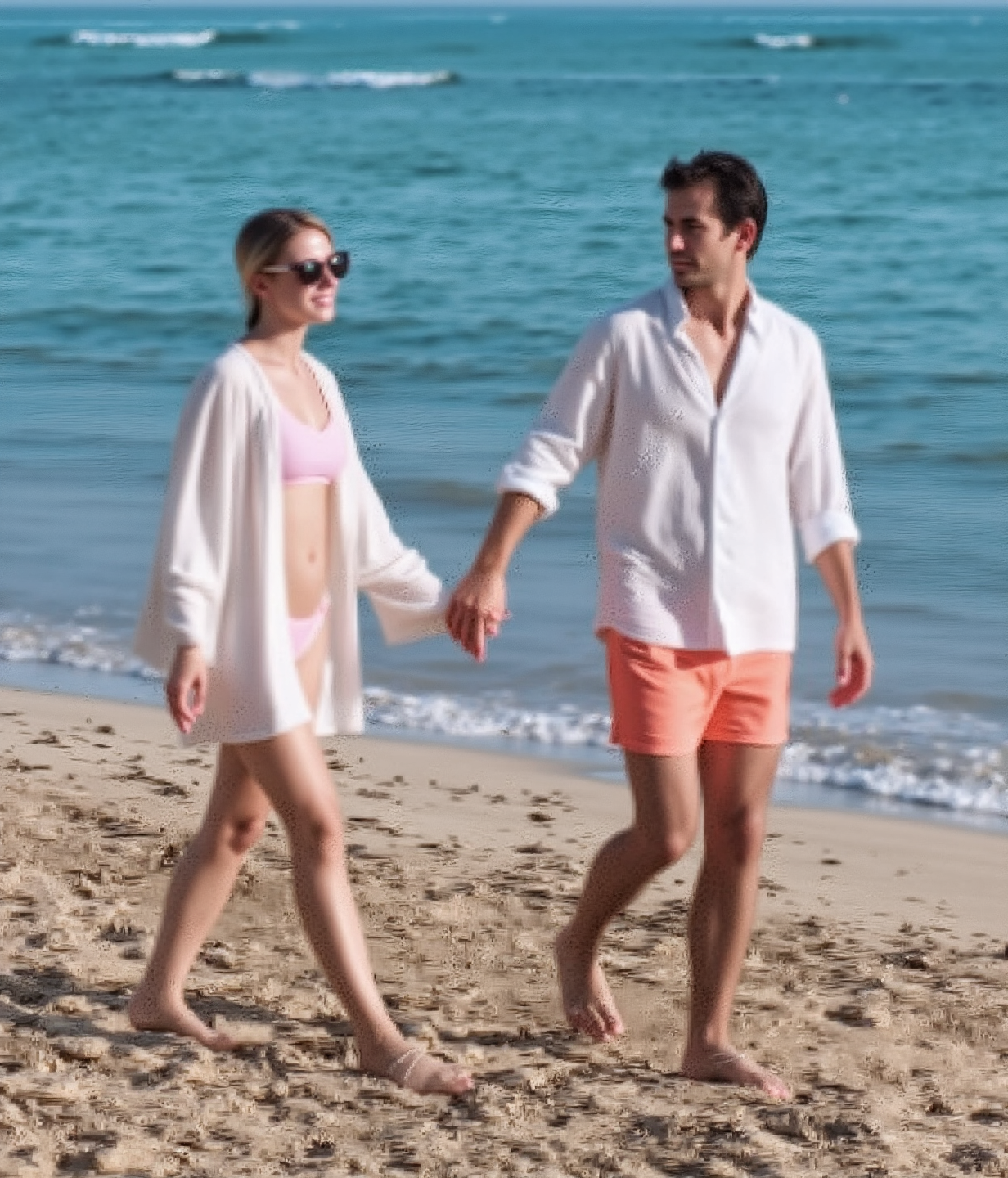Readme
Flux trained on ‘QFACES’ = High Quality Facial textures and photos of diverse people, age, ethnicity. Use for improving existing photos with Flux, while maintaining the core details of the image and people within it (img2img, image to image).
Best with images of people close up but can generate content, by adding a content description to the prompt.
If you try to upscale an image with multiple people at a distance, then increase the ‘Prompt Strength’ and ‘Guidance Scale’ and add a better description of what the photo contains in the prompt. Remember the higher these values the more the model will generate infill content (i.e. ‘make things up’).
If you want to upscale an image of someone you or others can identify ( a family member ) then keep these values low and use a close up picture.
If you are looking to improve the facial textures of a picture of someone you know & recognise, then copy the following settings into the JSON tab. (Yes, you can set the Guidance Scale to 0, this works well to keep the person looking familiar), but prime the model with a good prompt and use the training keyword QFACES in the prompt to get better likeness:
{
“model”: “dev”,
“prompt”: “photo, high resolution, faces, people, high quality, QFACES, photograph, “,
“go_fast”: false,
“lora_scale”: 0.5,
“megapixels”: “1”,
“num_outputs”: 1,
“aspect_ratio”: “1:1”,
“output_format”: “png”,
“guidance_scale”: 0,
“output_quality”: 80,
“prompt_strength”: 0.3,
“extra_lora_scale”: 1,
“num_inference_steps”: 50
}
Note: if you copy paste this JSON code and it has BR commands in (i.e. HTML styling is copied in), you need to remove the BR codes first.
Important: the images used to fine tune (QFACE) this model are all copyright free public domain.

